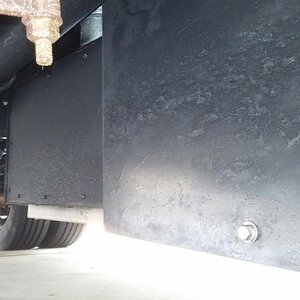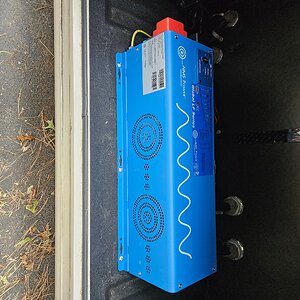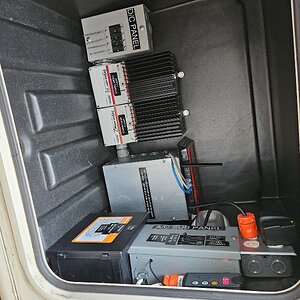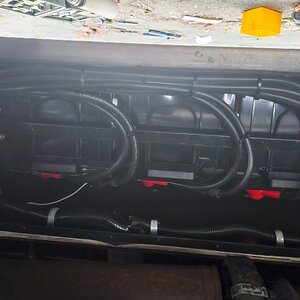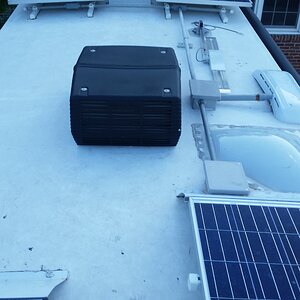Navigation
Install the app
How to install the app on iOS
Follow along with the video below to see how to install our site as a web app on your home screen.
Note: This feature may not be available in some browsers.
More options
Style variation
Welcome to RVForums.com
- Register now and join the discussion
- Friendliest RV Community on the web
- Modern site for PC's, Phones, Tablets - no 3rd party apps required
- Ask questions, help others, review campgrounds
- Get the most out of the RV Lifestyle
- Invite everyone to RVForums.com and let's have fun
- Commercial/Vendors welcome
You are using an out of date browser. It may not display this or other websites correctly.
You should upgrade or use an alternative browser.
You should upgrade or use an alternative browser.
How To Hook up an RV outlet
- Thread starter Sweetfarm
- Start date
Thanks, I’m not sure the inspector is going to know whether or not that outlet needs to have two wires as it is very RV specific and I feel as if I would be wasting his time by dragging him over here to ask such a simple question. This is really the last piece of the puzzle. Once I find out this answer for sure I can order the supplies and have the electrician begin. I’ve learned a lot and I’m almost there!
TJ&LadyDi
RVF "Dinosaur"
At least in my state (Washington), you can call and leave a callback number. The inspector then gets back to you (they spend most of their time in the field) and can answer your question.
Running 240V from your main panel to the sub-panel at the pedestal is perfectly fine. The 120V circuits will be split out in the RV box. Just because a 240V line goes out to the sub-panel doesn't mean that you will only have 240V circuits.
A standard four-wire 240V feed consists of two 120V legs (aka "hot legs"), one neutral leg and a ground leg. Each 120V leg is connected to a separate "buss bar" in the box. The neutral connects to its own buss, as does the ground. Connecting a circuit to one buss and a neutral gives you a 120V circuit. Grounds are all connected to the ground buss. This is how it is done in your house panel.
Circuit breakers for 120V are designed to pick up only one "buss bar" and the neutral "buss bar" inside the box. Breakers designed for 240V pick up both 120V "buss bars" and do not use the neutral. All circuits use the separate ground buss.
The correct way to run your circuit, IMO, is to run 240V out to the sub-panel and split the 120V circuits out there.
TJ
Running 240V from your main panel to the sub-panel at the pedestal is perfectly fine. The 120V circuits will be split out in the RV box. Just because a 240V line goes out to the sub-panel doesn't mean that you will only have 240V circuits.
A standard four-wire 240V feed consists of two 120V legs (aka "hot legs"), one neutral leg and a ground leg. Each 120V leg is connected to a separate "buss bar" in the box. The neutral connects to its own buss, as does the ground. Connecting a circuit to one buss and a neutral gives you a 120V circuit. Grounds are all connected to the ground buss. This is how it is done in your house panel.
Circuit breakers for 120V are designed to pick up only one "buss bar" and the neutral "buss bar" inside the box. Breakers designed for 240V pick up both 120V "buss bars" and do not use the neutral. All circuits use the separate ground buss.
The correct way to run your circuit, IMO, is to run 240V out to the sub-panel and split the 120V circuits out there.
TJ
Latest resources
-
-
Trueline Leveling System (Valid Air)Operation & Service Manuals for the Valid Air leveling system
- Jim
- Updated:
-
-
Notes on the Electrical Systems of the Roadtrek Zion Family of RVsNotes on the Electrical Systems of the Roadtrek Zion Family of RVs
- dilbertjth
- Updated:
-






